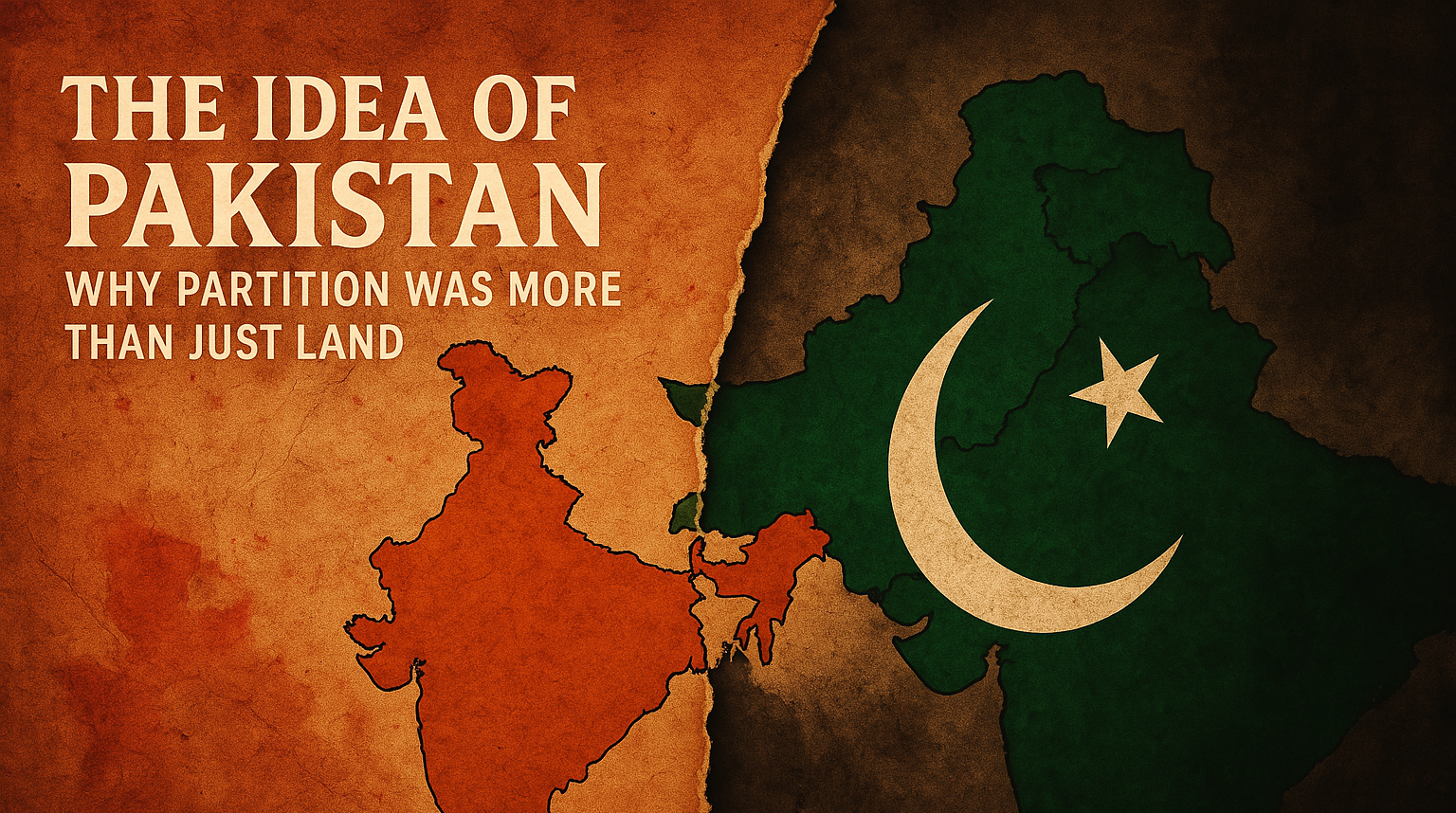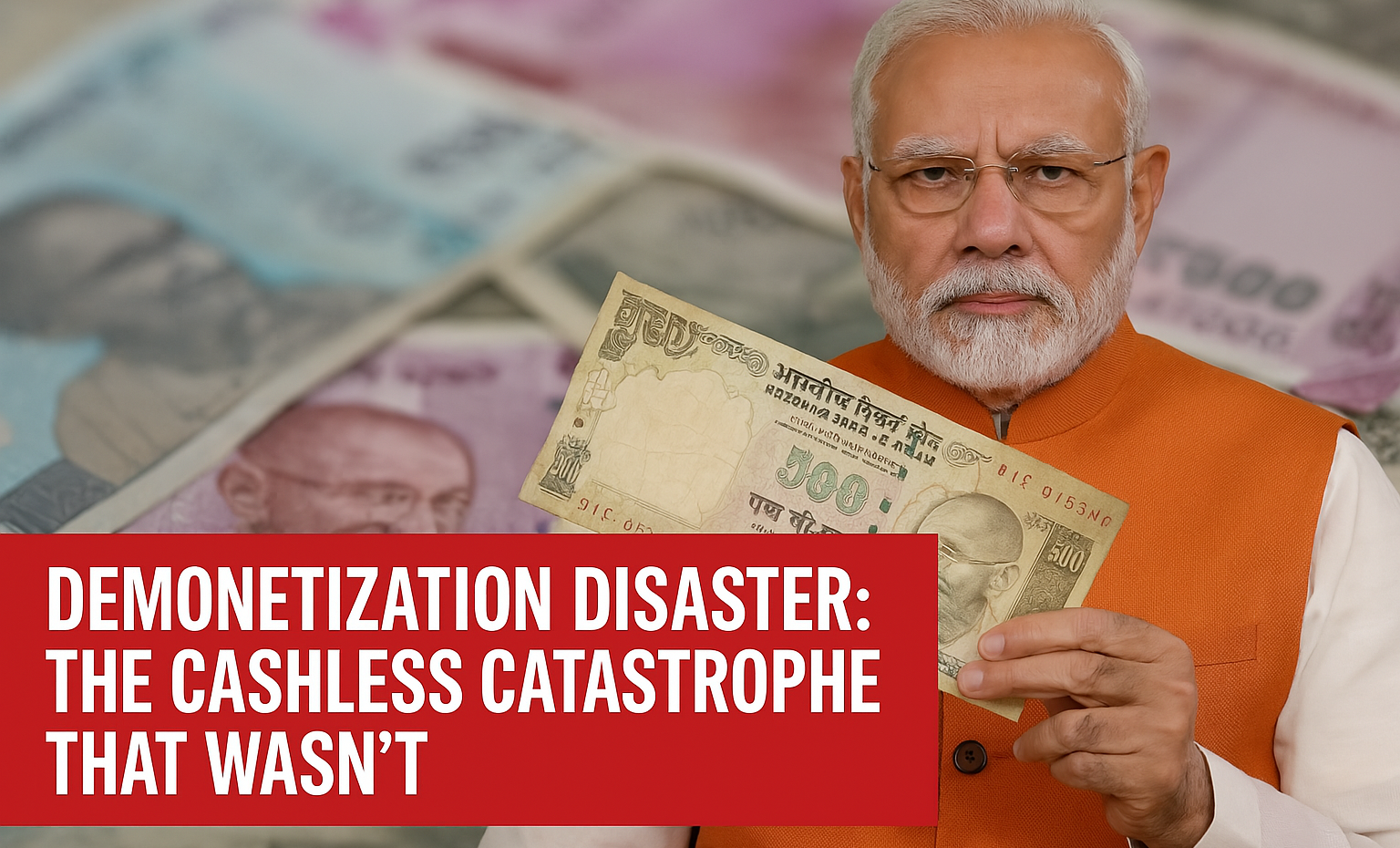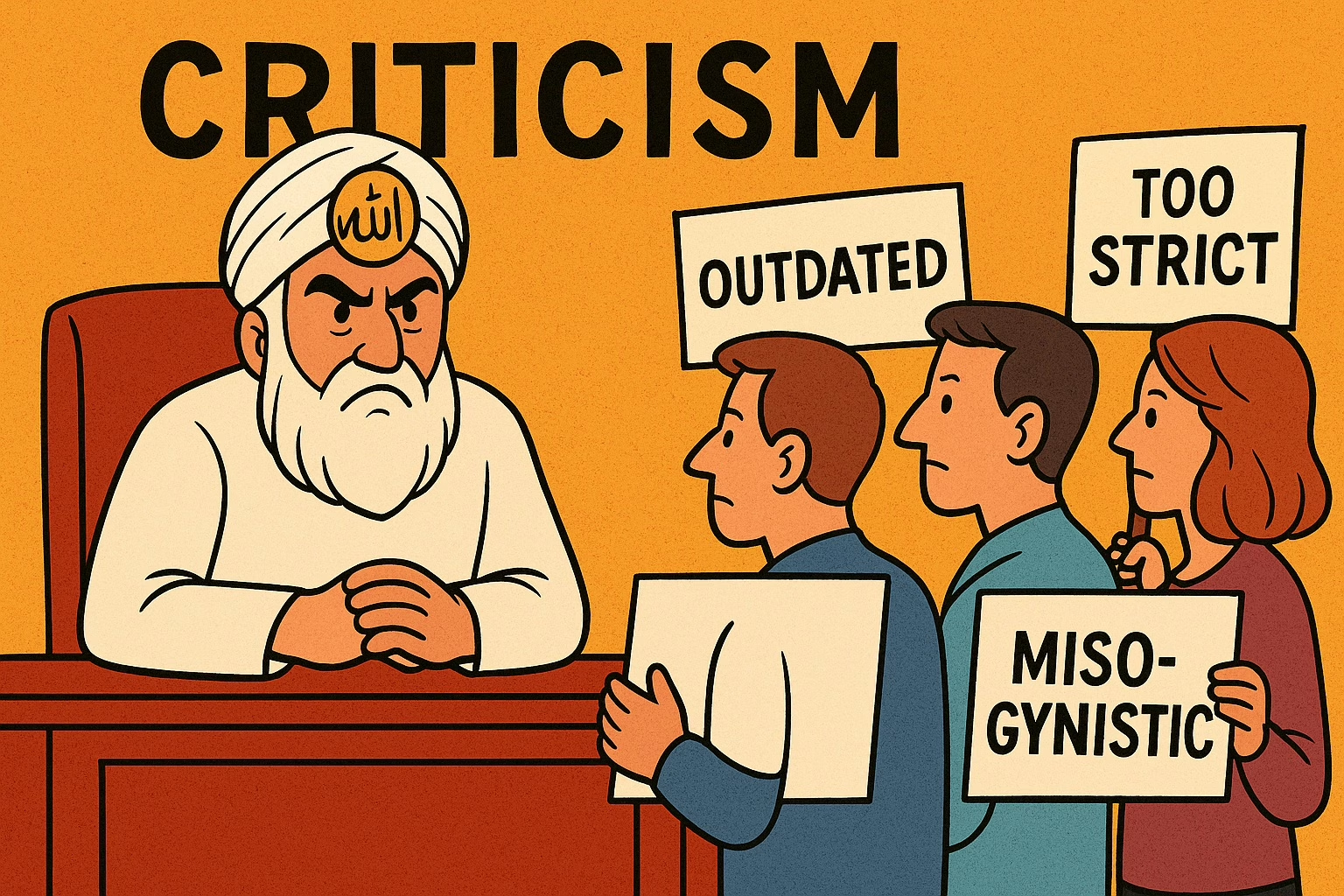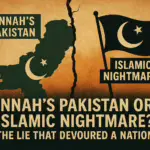There are lies that die quietly in footnotes. And then there are lies like the Two-Nation Theory —a fabricated fantasy so destructive that it birthed a new country, killed a million people, displaced millions more, and infected generations with a superiority complex wrapped in religious fervor.
Simply put, the Two-Nation Theory wasn’t a plea for protection. It was a political power grab dressed in supremacist clothing. The idea was simple, sinister, and still alarmingly relevant: Muslims cannot live alongside non-Muslims. Coexistence wasn’t inconvenient; it was deemed impossible.
That wasn’t just theory. It was war by another name.
“A lie repeated often enough becomes truth — but in this case, it became a country.”
The Supremacist Core of the Two-Nation Theory
Let’s strip away the jargon.
At its heart, the Two-Nation Theory declared that Muslims weren’t just a religious group—they were a separate nation altogether, fundamentally incompatible with the so-called “Kafir” majority.
The theory didn’t arise from oppression. It wasn’t rooted in genocide or apartheid. It was built on ideological supremacy—a belief that Islamic identity could never be diluted by sharing space, culture, or power with anyone else.
And it continues to echo in every madrassa that demonizes Hindus, every sermon that glorifies Ghazwa-e-Hind, and every stone thrown at Hindu processions in modern-day India. The Theory may have been formalized in 1940, but its venom is evergreen.
Jinnah: The Power-Hungry Puppet of British Gamesmanship
Here comes the twist of irony sharper than a Damascus blade: Muhammad Ali Jinnah, the architect of Pakistan, wasn’t a cleric. He wasn’t even devout. He was a Westernized barrister who once championed Hindu-Muslim unity. Here’s the ironic twist: Muhammad Ali Jinnah, the man who would one day demand a separate nation for Muslims, was once called the “Ambassador of Hindu-Muslim Unity” by Sarojini Naidu.
He wore Savile Row suits, quoted English law, and ate pork. He was everything the ulema hated. In fact, the Deobandi clerics preferred Khan Abdul Ghaffar Khan — a secular Pashtun who opposed Partition.
But Jinnah saw power slipping. The Congress Party was too popular. Gandhi was a mass leader. Nehru was charismatic. The only card left for Jinnah. Religion.
Enter: the Lahore Resolution of 1940, where the Muslim League formally demanded a separate homeland. Just like that, a secular constitutionalist became the high priest of religious nationalism.
But ambition has a price. When the Indian National Congress refused to play powerbroker with him, and mass support eluded his grasp, Jinnah turned to religion—not for salvation, but for leverage.
And the British? Oh, they played him like a violin. Divide and Rule wasn’t just a slogan—it was strategy. Jinnah became the perfect pawn. While Gandhi fasted and pleaded for peace, and Nehru envisioned secular democracy, Jinnah whipped up fear: “Live with Hindus, and you’ll lose Islam itself.”
How ironic that a man who couldn’t quote the Quran weaponized it to create a theocratic state.
The Kafir’s Compassion: Betrayed at Every Step
Let’s talk about Gandhi and the Indian National Congress.
These were people who bent over backwards—sometimes to a fault—to accommodate Muslim interests. Separate electorates? Granted. Personal laws? Protected. Partition? Opposed at every step.
Gandhi even supported Khilafat. Yes, Gandhi supported an Islamic Caliphate on foreign soil just to build bridges. But how did the Muslim League respond?
With contempt. With riots. With ultimatums. The message was clear: Nothing short of absolute separation would do.
What makes it tragic is this: The very people the Muslims mistrusted the most—the Kafirs—were the ones trying hardest to prevent a civilizational catastrophe.
What Made the Two-Nation theory a Lie? Let’s Count the Ways
- Muslims were not a monolith.
From Kashmiri to Malayali, Sunni to Shia, Urdu-speaking to Bengali — Muslims in India were more diverse than most imagined. To claim they were “one nation” ignored geography, language, culture, and sectarian divisions. - Most Muslims stayed in India.
Of the 100 million Muslims in undivided India, over 70 million chose to remain in India after 1947. So if they were truly a separate nation, why didn’t they migrate? - Islamic unity? Not even close.
Within 24 years of creation, Pakistan lost half its country when Bangladesh (formerly East Pakistan) revolted against West Pakistani domination. If religion made them one nation, why did they split? - Pakistan kept redefining its “enemy.”
After Hindus, it was the turn of Ahmadis, Shias, Christians, Sikhs, and even Baloch nationalists. The theory that aimed to unify ended up dividing perpetually.
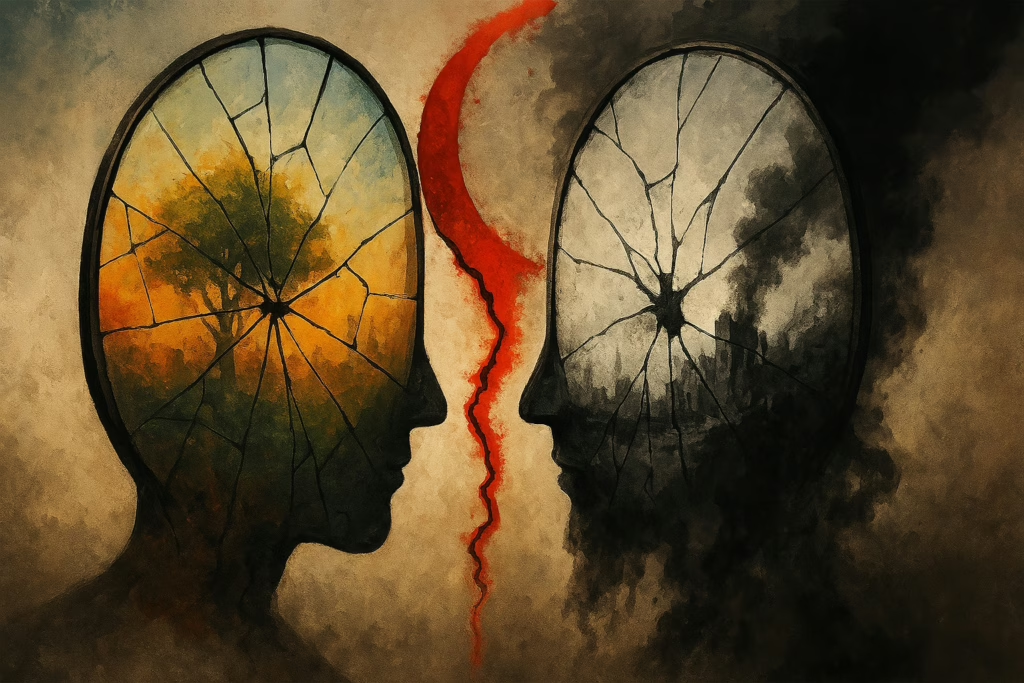
The Aftermath: A Nation Devouring Its Own
The Two-Nation Theory claimed to liberate Muslims. In reality, it imprisoned them in an identity cage with a lock made of paranoia.
Pakistan was meant to be the “land of the pure.” Instead, it became the “land of purges.” Once Hindus and Sikhs were driven out, the target moved to:
- Ahmadis — legally excommunicated.
- Shias — bombed in mosques.
- Christians — lynched over blasphemy.
- Pashtuns, Balochs, Bengalis — crushed under the Punjabi military boot.
Even Bangladesh couldn’t breathe under this suffocating ideology. So, in 1971, it rebelled—only to face genocide. So much for religious brotherhood.
Foreign Puppets Then, Foreign Puppets Now
Let’s not forget the British Raj in this narrative. The colonial administration loved the Two-Nation Theory. Why?
Because a divided India would mean a weaker post-colonial state. Divide-and-rule wasn’t just a tactic — it was the foundation of their empire. And what better way to fragment Indian unity than to pit one community against another on religious lines?
The British played Jinnah like a violin. And by the time the music stopped, a million people were dead, and 15 million were displaced.
Well, guess what—Pakistan today dances to the tunes of new masters. Saudi petro-dollars fund madrassas that teach Wahhabi supremacy. China feeds its economy while draining its autonomy. The US used it as a mercenary hub in the Cold War. The Taliban calls it a brother. ISIS once called it a base.
It’s a country whose sovereignty is rented out per decade, just like its ideology.
The Spillover of the Two-Nation Theory: The Pakistan Within India
The worst part? The Two-Nation Theory didn’t stay behind the Radcliffe Line.
You see it in:
- Stone pelting during Hindu festivals.
- Love Jihad rackets targeting vulnerable Hindu girls.
- Radical preachers preaching hatred in the name of victimhood.
- Calls for “Sharia Zones” in democratic India.
It’s the same virus—just in a different host. The ideology of separation didn’t stop at Partition. It metastasized into ghettoization, alienation, and silent sabotage.
Muslim Intolerance: A Conversation India Must Have
Let’s say it plainly: there is a problem of intolerance within large segments of the Muslim population—not all, but enough to threaten the pluralistic fabric of India.
Ask yourself:
- Why are Hindu temples attacked, but no one dares question a mosque?
- Why do liberal values vanish when it comes to Islamic customs?
- Why is critique of Hindu beliefs normal, but critique of Islam is blasphemy?
This isn’t secularism. This is surrender.
And the root of this entitlement? You guessed it—the Two-Nation Theory. Because once you internalize that coexistence is oppression, you’ll demand dominance in the name of equality.
The Ghost of the Two-Nation Theory in Modern India
The scariest part? The Two-Nation Theory didn’t stop at the border. Its ideological offshoots still walk the streets of India — in the form of:
- Islamists claiming “secular India is oppressing Muslims”
- Politicians who pander to radical clerics
- Foreign-funded organizations spreading communal narratives
They wear the mask of victimhood but carry the virus of separatism. The theory lives on — not in its geography, but in its psychology.
The Lie That Keeps on Taking
If it was just a historical blunder, we could’ve moved on. But the Two-Nation Theory still shapes global jihadism, separatist narratives, and identity-based victimhood politics.
It’s the ideological parent of:
- Ghazwa-e-Hind
- Islamic expansionism
- Palestine-style propaganda
- Global anti-Hindu sentiment in the name of “human rights”
This isn’t just Pakistan’s problem anymore. It’s a global civilizational threat.
Conclusion: Time to Burn the Blueprint of the Two-Nation Theory
The Two-Nation Theory was not born of facts. It was born of fear. It was not a solution—it was a separation dressed as salvation. And it’s time India, and the world, called it out for what it really is:
A supremacist, secessionist, and suicidal doctrine.
It destroyed India once. It built a failed state once. And now, it’s trying to destroy pluralism from within.
This isn’t hate. This is clarity.
And clarity, like freedom, is worth fighting for.
🔍 Related Read: The Idea of Pakistan: Why Partition Was More Than Just Land
Dive deeper into how the very foundations of Pakistan were designed to challenge India’s civilizational unity.
🌐 External Link Suggestion
Add this link after the “Foreign Puppets Then, Foreign Puppets Now” section for factual grounding:
📚 Further Reading: The Separation of East Pakistan – Library of Congress
This reinforces your claim about Bangladesh’s breakaway and adds credibility.



